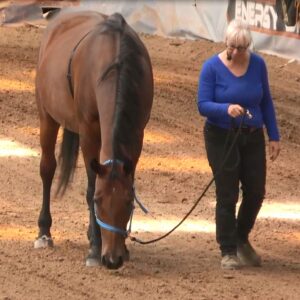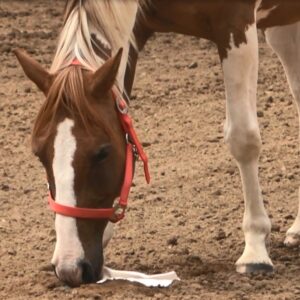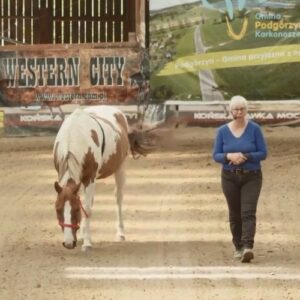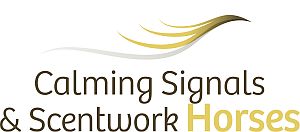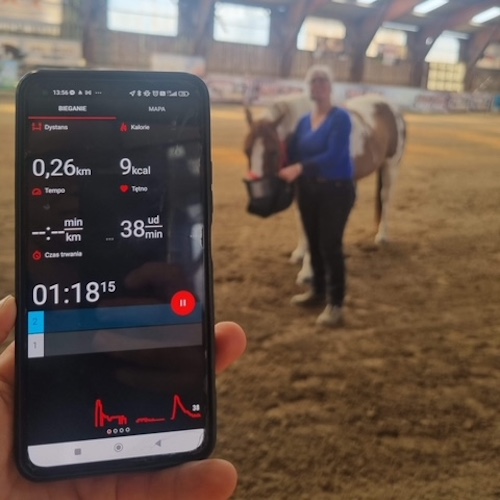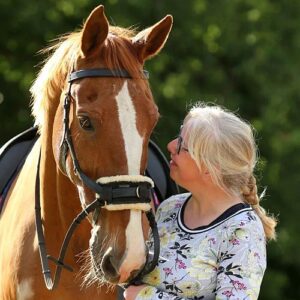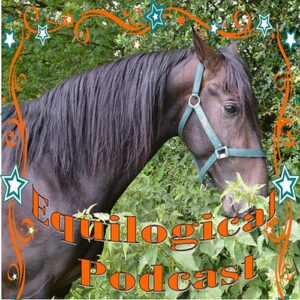Heart rate measured during scent track demonstrations
In my experience scentwork activities calm horses. They come into this state where there is a balance between activity and concentration and relaxation. When horses spook scentwork gives them a tool to self regulate, sometimes in a short time frame.
You can imagine my excitement when dr. inz Katarzyna Olczak proposed to measure the heart rate of the horses I was doing scent track demonstrations with during the event “Rozmawiając z koniem” Western City, Karpacz.
Although this is a very first beginning and is by no means meant as a scientific study result, dr Olczak and I thought it would be nice to share two charts. Where one horse had a spooky reaction, when seeing cows, just before he entered the arena for the demonstration. And the other chart gives an overview of a follow up session with the same horse.
Heart rate (HR) reflects the number of heart beats per minute (bpm). The heart rate can vary according to the body’s physical needs, psychological status (including movement and fitness), environment and what is the most interesting for us activation of nervous system what may reflect stress level. Because HR may demonstrate various things it should be always analyzed carefully.
In younger horses the heart rate is faster. Healthy adult horses (as in our demonstrations) have a heart rate of 30 to 40 beats per minute at a standstill when at rest and it will be rising while the level of movement rises.
During the scent work demonstrations the HR was recorded with Polar H10 heart rate sensor with equine electrodes. The sensor was connected via Bluetooth with the phone. The data was later downloaded and converted to excel. The area where the electrodes were attached was treated with water and gel to optimize the contact between skin and electrodes. The horses ware adult, experienced and healthy American Quarter Horse.
Chart 1.
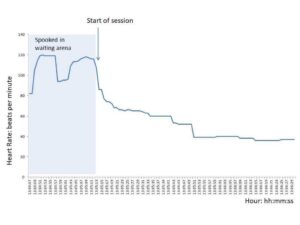
Diablo, owned by Magda Pokój, got spooked in the waiting arena what is reflected at his HR. But as soon as he started an intense scent track activity a steep decline is visible reaching 36 bpm at lowest point. His HR varied from 36 to 44 in the end of session. This variation is normal especially since the horse was walking. But it may also reflect a small reaction to the environment. We would not say that the horse got stressed.
Chart 2.
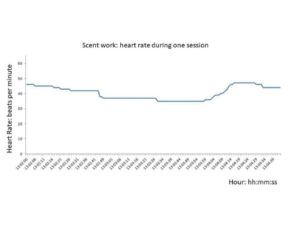
At the beginning we can observe that HR was around 46 bpm. The moment when Diablo entered the training arena actively walking, the drop to 35 bpm was observed when the horse slowed down to start an intensive scent track exercise and a small rise in HR in the end of session reflects again a bit more active walk to the gate. Average HR from this session was 40.5 bpm.
As said before there are many study objectives to be formulated to do justice to a scientific approach to this topic. However, there is this start and dr.inz Katarzyna Olczak and I are eager to develop this further.
